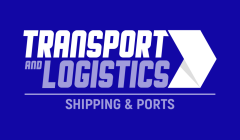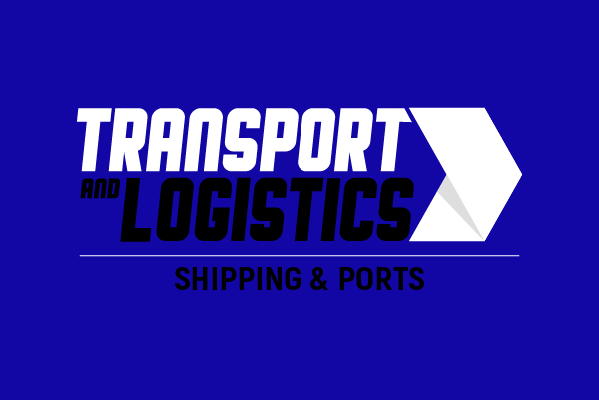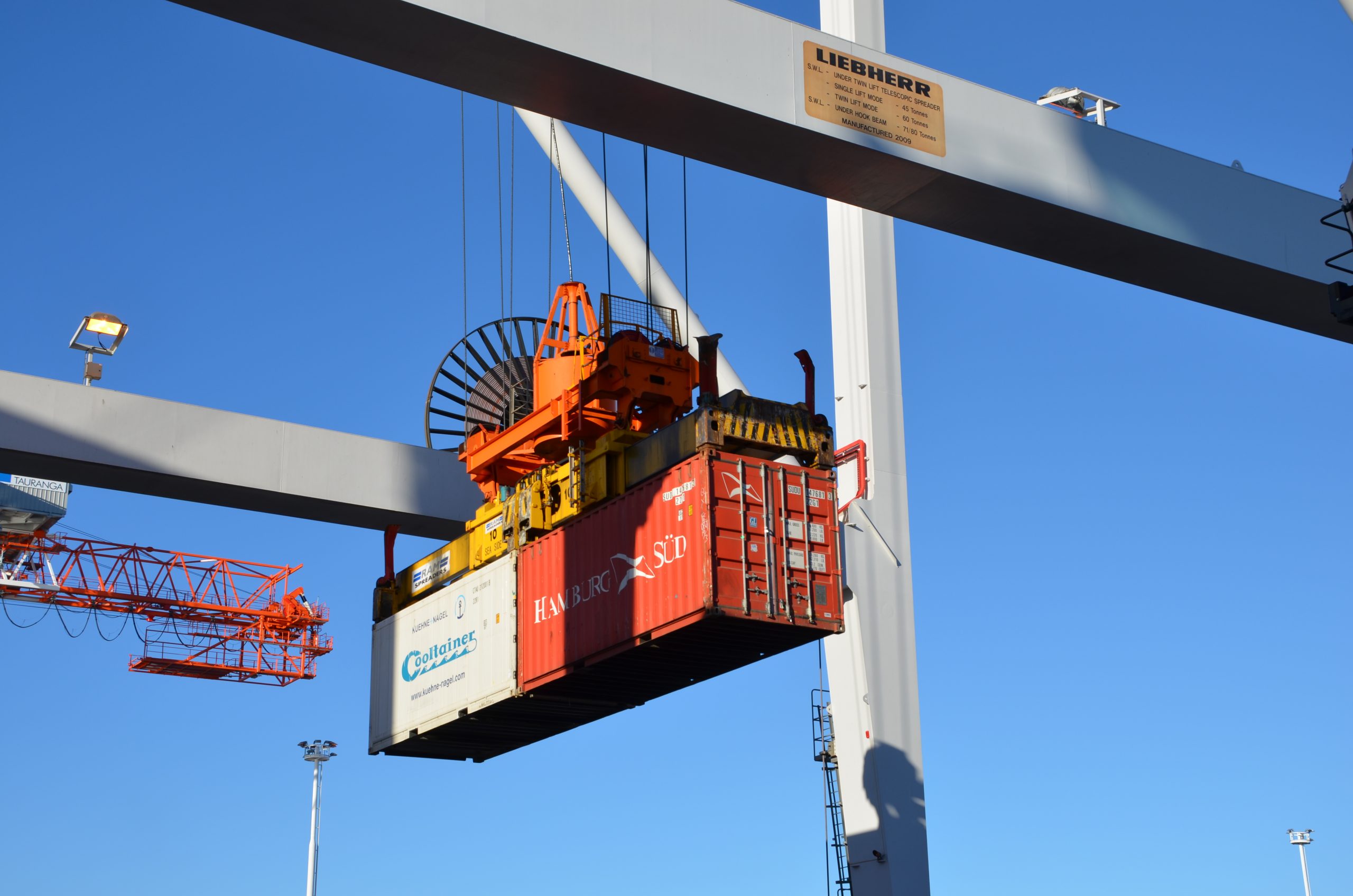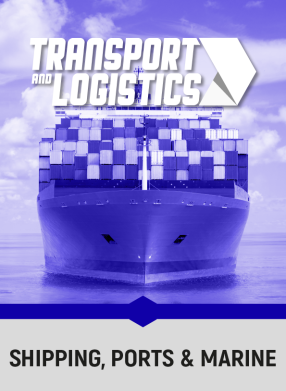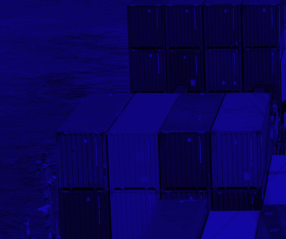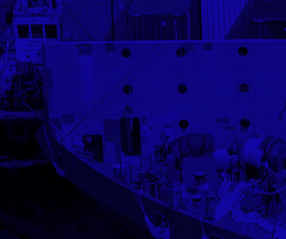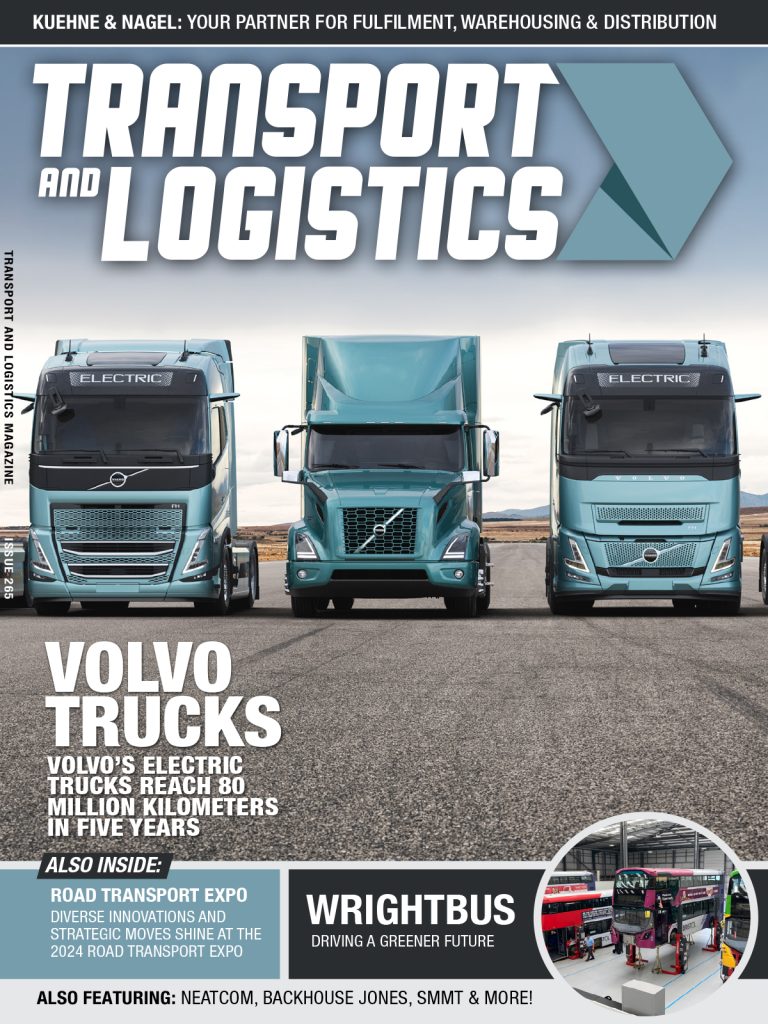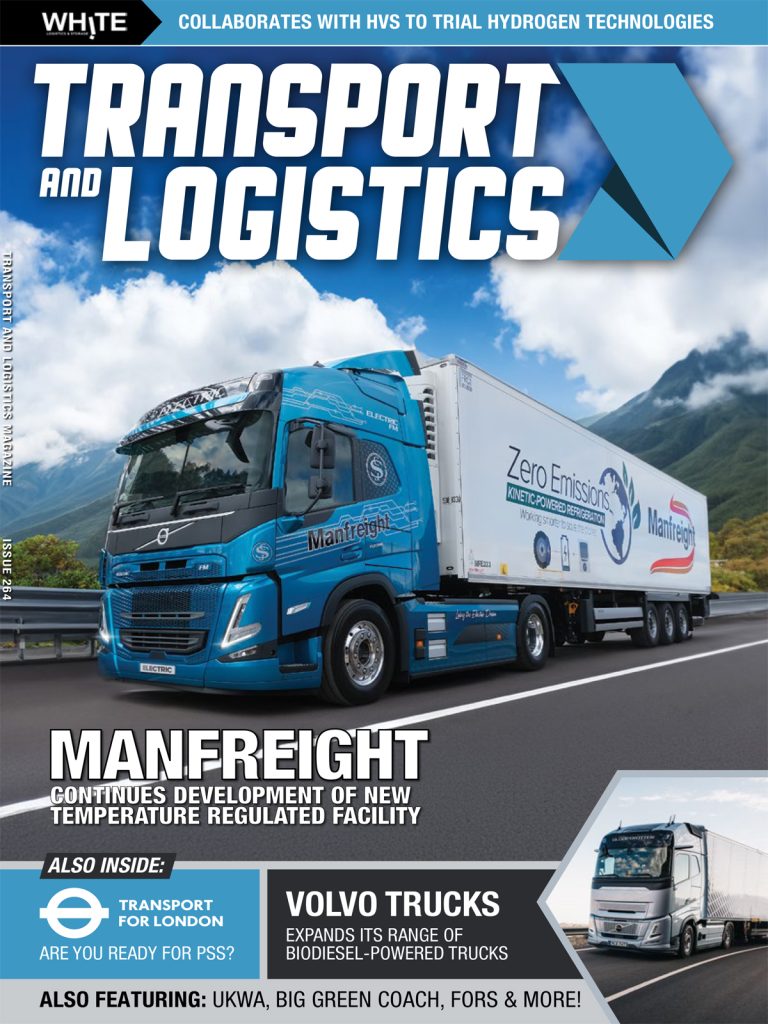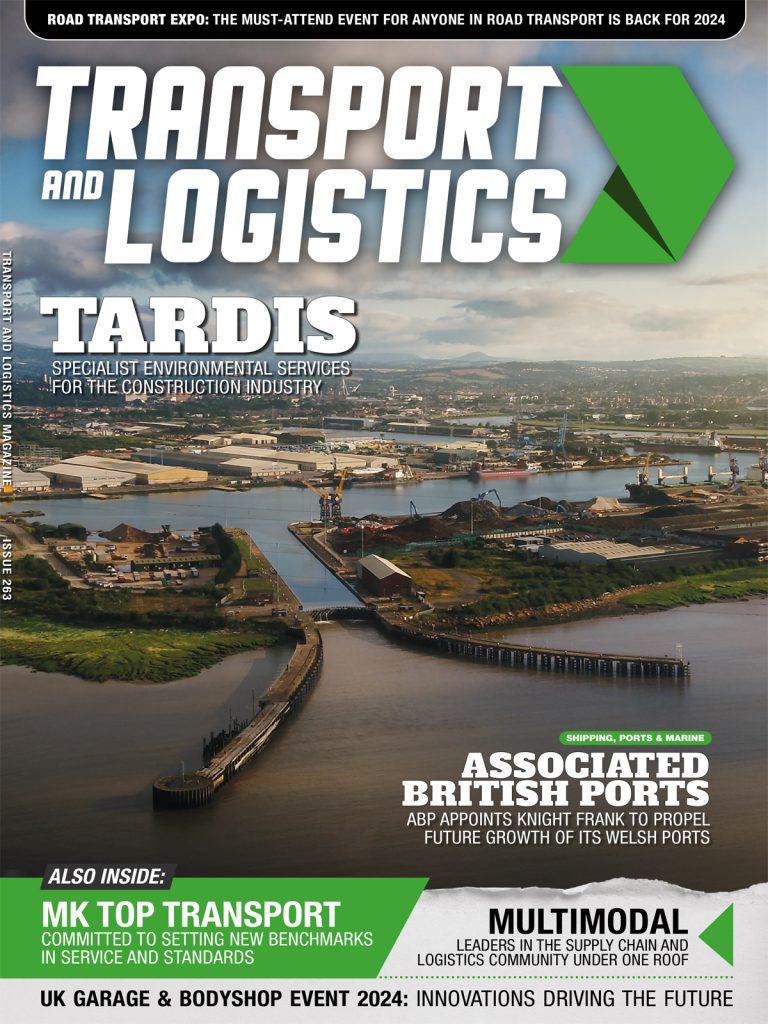Dave and Iain MacIntyre look at the container handling options available to both large and small ports
How should a port approach an upgrade for its crane spreaders? What are the different options when moving from a single lift to a multi-lift and what can be the pay-offs in terms of productivity?
With a hydraulic twin-lift spreader manufactured in Asia costing about $150,000-$175,000 ex-factory, the cost-benefit analysis needs to be meticulous.
In terms of spreader choices, the most basic beams are fixed, i.e. they are predefined for handling 20ft or 40ft containers. Standard 45ft containers also have twistlock pockets in the 40ft position, so a fixed 40ft frame could be used for them. Fixed frames are seldom used in larger container terminals due to their limited flexibility.
Telescopic spreaders have two main configurations – single-lift and twin-lift to hoist two 20ft containers. Telescopic single-lift spreaders may have the ability to extend up to the 40ft or 45ft position while also handling 20ft boxes.
Major manufacturer Bromma has twin 20ft spreaders in two versions – “regular” or “non-separating” and “separating”. The latter can separate two 20ft containers by up to 1.6 metres to make handling easier when landing the boxes on the quayside.
A Tandem, Twin-40 or Twin-45 spreader accommodates two 40ft or 45ft containers in “parallel”. Bromma’s Tandem spreaders exist in four different configurations where each can lift a certain combination. The Tandem Quattro for example can handle four 20ft containers, two 40/45ft containers or a mix of two 20ft and one 40/45ft.
Although the choices are varied, the most-used type in the industry is the separating twin spreader. Bromma says that the Twin-40/45 mode is used by terminals seeking to improve quay crane productivity, but handling twin 40/45s is not only a matter of lifting the containers by the STS crane.
It is equally – if not more – a matter of handling the containers on the land side. In order to increase productivity, more containers have to be moved by more vehicles and space needs to be available for them to pick up the boxes (typically between the crane legs.)
Productivity question
Lars Meurling, vice-president marketing for Bromma, says large hub ports will typically have higher demands of productivity compared with a regional or small port. The smaller port will more often opt for the simpler (and less expensive) spreader, typically a telescopic spreader without twin-20 capability. The smallest container terminals will even consider fixed frames.
The new, large hubs built over the last few years have in many cases been designed for twin 40/45 capability. This trend increased when planning began for today’s ultra large vessels.
Asked what factors port executives should consider in deciding whether the upgrade will be economically viable, Mr Meurling says the first thing to look at is the crane capacity.
“Going from single-lift or twin-20 lift to twin 40/45 lifts requires much more than just a new spreader (the exception is if used only for handling empties). The crane capacity must be significantly higher and this includes the quay wall infrastructure that has to be able to handle a significantly higher wheel load.
“The other factor is related to landside capacity. Sufficient capacity and logistics planning is needed to balance an increased capacity on the STS crane. The investment in landside capacity may not be equally as big as the STS crane investment and quay infrastructure, but it is by no means negligible.”
Port investments
Several ports have taken the plunge and invested heavily in spreader replacement programmes. Malta Freeport last year bought 12 new Bromma spreaders, six replacing old spreaders and the others required due to port expansion and new crane investment. The decision to stay with similar spreader models was made in order to continue the standardisation of the port’s spreader fleet for spare parts management and training purposes.
Malta Freeport is also understood to the analysing its replacement or upgrade options for its SCS3 model, including reviewing the remaining lifetime of the spreader, the stock of parts held and cost.
Ports of Auckland undertook a spreader replacement programme in 2013, also pursuing a policy of standardising its spreaders. This included upgrading the head blocks and electrical/software systems.
The port now has a fleet of 11 twin-lift spreaders and two single-lifts. The twin spreaders are all separating twin-type 20/40/45s and 50-tonne single/65-tonne twin capacity. Its choices were based on comparing a range of spreaders from different suppliers, visiting other ports and listening to suggestions from staff. Auckland operations engineer John Miller says this was a considerable investment, but well worth it as it has delivered proven operational savings.
“Spreader reliability and performance is key to overall crane performance. Also recovery of malfunctioned spreaders is a major safety issue, so is a high priority to minimise or avoid.
“As we can change a faulty spreader quickly, the number of spreader changes is a clearly-definable reliability measure for us. Also maintenance labour hours and parts consumption.
“We measure reliability/availability and this is a KPI. So we can prove we have improved over a period of time.”
Twin-lift heaven
Fellow New Zealand port, the Port of Tauranga, will receive two more spreaders when its new Liebherr super post-panamax cranes arrive in September, bringing its total complement to 13 spreaders. Twelve are Liebherr Ram spreaders and one Bromma spreader, all 20ft to 40ft twin-lifts.
Terminal shipping and planning manager Pieter van Deventer says there are several trigger points for deciding to purchase new spreaders. “A new crane purchase is a new opportunity — when you order new cranes, they come with new spreaders.
“There are load limitations on all cranes — the load tare weight to lift hatch covers which are getting heavier and heavier as the vessels get bigger.”
Another reason for upgrading would be a change in cargo mix, if more vessels began arriving with 43-foot, 45-foot or 48-foot containers. Safety upgrades would be another consideration as would change to average container weights: “We could require spreaders with a higher lifecycle or the same lifecycle with a higher average weight, which means more heavy-duty spreaders.
“If spreaders are coming onto the market with greater maintenance features, things like auto-lubrication, we may look at going for that.”
The impact of container weight regulations may prompt ports to order spreaders with weight-measuring capabilities in the twistlocks, with sensors in all four corners.
Mr van Deventer says having the opportunity to twin-lift boosts hourly productivity – “We have gone out through all of the shipping lines and their central planners to mention we are now twin-lift capable – so give us those twin-lifts and we’ll rip into it!”
– See more at: http://www.portstrategy.com/news101/port-operations/cargo-handling/cargo-handling-feature#sthash.UAl6cJw8.dpuf
